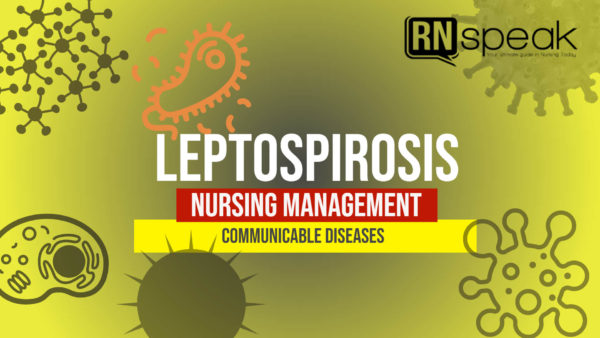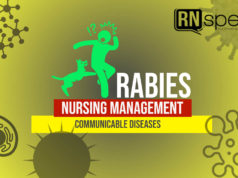Leptospirosis is a disease that is caused by pathogenic spirochetes of the genus Leptospira Interrogans. It is a bacterial infection passed from animals to humans by way of contaminated urine. The bacteria penetrate mucous membranes or breaks in the skin, multiply in the bloodstream, and carried to all parts of the body.
Causes of Leptospirosis
Leptospirosis is not only acquired from absorbing contaminated floodwaters through cuts in the skin but also by swallowing the bacteria directly from water or through food. Although the disease is commonly associated with rat urine, the infection can also come from animals like cattle, pigs, horses, dogs, and wild animals.
Outbreak of Leptospirosis
The largest recorded U.S. outbreak occurred in 1998 when 775 people were exposed to the disease. Of these, 110 became infected.
In the Philippines, as of January 6, 2012, the outbreak of leptospirosis was in northern Mindanao cities of Cagayan de Oro and Iligan that were devastated by flood and reported almost 300 cases and 15 deaths according to Cagayan de Oro City Health Office.
Sign and Symptoms
Leptospirosis can cause a wide range of symptoms, including:
- High fever
- Headache
- Chills
- Muscle aches
- Vomiting
- Jaundice (yellow skin and eyes)
- Red eyes
- Abdominal Pain
- Diarrhea
- Rash
Many of these symptoms can be mistaken for other diseases. In addition, some infected persons may have no symptoms at all. The time between a person’s exposure to a contaminated source and becoming sick is 2 days to 4 weeks. The illness usually begins abruptly with fever and other symptoms. Leptospirosis may occur in two phases:
- after the first phase (with fever, chills, headache, muscle aches, vomiting, or diarrhea) the patient may recover for a time but become ill again.
- if a second phase occurs, it is more severe; the person may have kidney or liver failure or meningitis. This phase is also called Weil’s disease.
The illness lasts from a few days to 3 weeks or longer. Without treatment, recovery may take several months..
Incubation Period
The incubation period usually 7 to 12 days, with a range of 2 to 29 days.
Diagnosis
Leptospirosis can be diagnosed by its clinical manifestation culture of the organism examination of blood and CSF during the first week of illness and urine after the 10 days.
Generally, it is not necessary to confirm the diagnosis or wait for the result of the tests before starting treatment. The clinical assessment and epidemiologic history are more important. Early recognition and treatment is MORE important to prevent complications of severe disease and mortality.
Treatment
Penicillins and other B- lactam antibiotics(PCN at 2M units q6H IM/IV)
Tetracycline(Doxycycline at 100mg q12H PO)
Erythromycin (500mg q12H PO)- if allergic to Penicillin
Nursing Management
Health teaching
- Provide education to clients telling them to avoid swimming or wading in potentially contaminated water or flood water.
- Use of proper protection like boots and gloves when work requires exposure to contaminated water.
- Drain potentially contaminated water when possible.
- Control rats in the household by using rat traps or rat poison, maintaining cleanliness in the house.
Management
- Isolate the patient and concurrent disinfection of soiled articles.
- Stringent community-wide rat eradication program. Remove rubbish from work and domestic environment to reduce the rodent population.
- Report all cases of leptospirosis.
- Investigation of contacts and source of infection
- Chemoprophylaxis can be done in a group of high-risk infected hosts.









I always use a rat poison that is not damaging to the environment. there are so many organic alternatives out there.
Today, we must use organic rat poison because it does not affect other animals. Chemical rat poisons are very dangerous to the environment. :.’,` With appreciation vitamin dosage blog